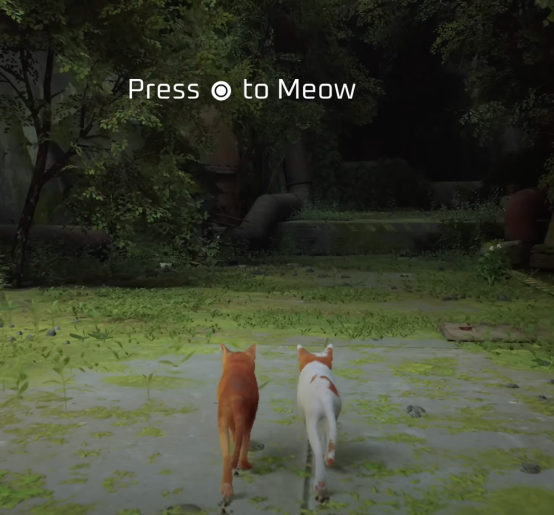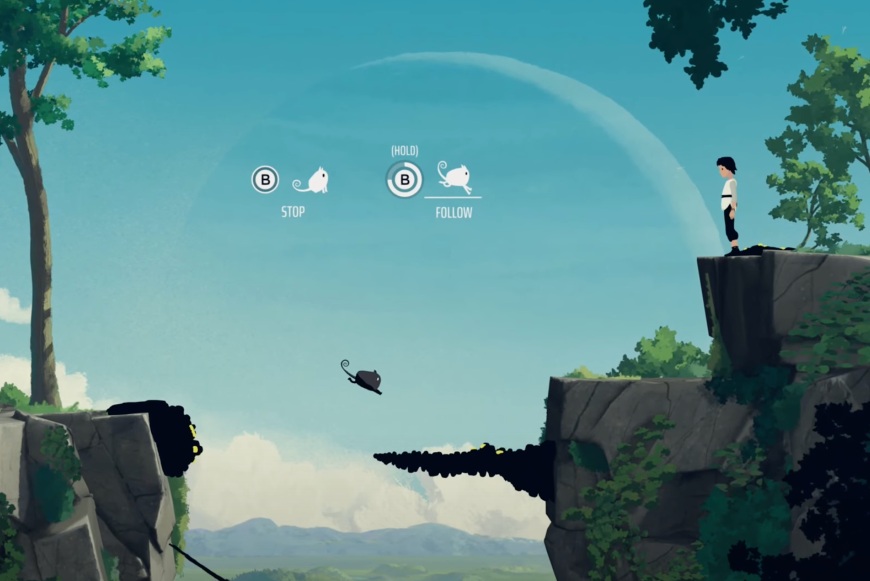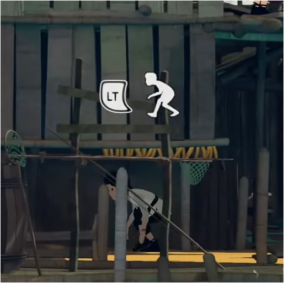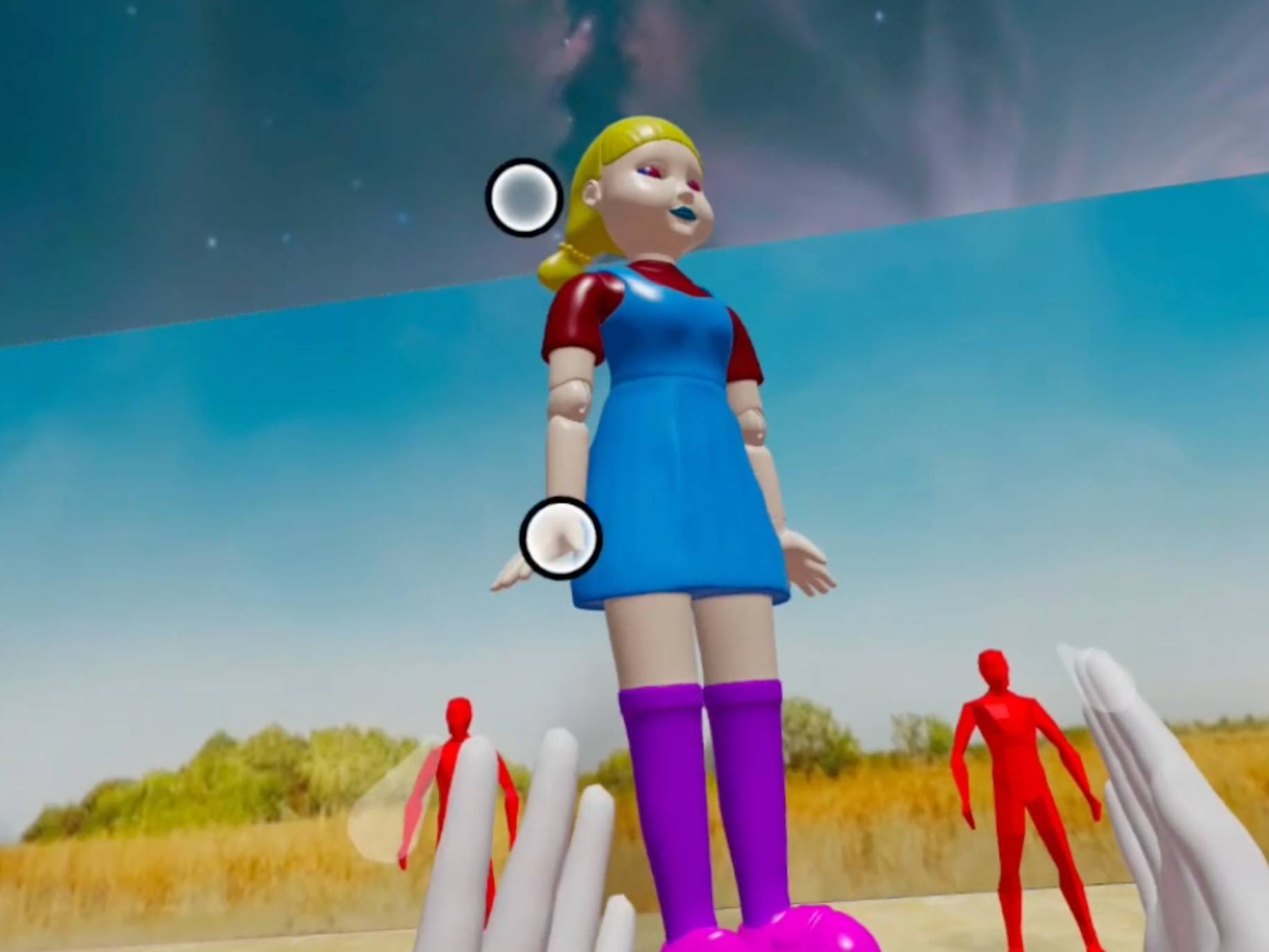Project Background
We are creating a new game called “Waves of Jeju” to educate about environmental justice and climate solutions, as well as to facilitate cross-cultural awareness and healing. This case study focuses on the onboarding experience. My role is the lead Spatial designer, collaborating with developers, product managers, and UX researchers.
The story will demonstrate a realistic vision of how we can make the world a better place, and what it would take to get there. For the game to be successful, research would show that players are taking action on real-world solutions after playing.
The story is about a Korean Jindo puppy and a 75-year-old Haenyeo free diver (Haenyeo was inscribed in the UNESCO Intangible Cultural Heritage List in 2016, they are a community of women, some aged in their 80s, who go diving to gather shellfish for a living. The Jeju Haenyeo harvest up to seven hours a day, 90 days of the year holding their breath for every 10m dive.) who work together to survive on a climate-changed Jeju Island around the year 2053. Although they experience devastating storms and loss of seafood as the ocean warms and acidifies, they also discover new ways of healing and living in harmony with the natural world around them. Despite all that they have faced, their resilient community fills them with hope for a livable world for future generations.
Onboarding Experience Competitors Analysis

Free Diver

Free Diver

Free Diver

Stray

Planet of Lana

Planet of Lana

No Man's Sky
Designed in Figma
Onboarding Design Assumptions
1, Having a see-through white background so that text will be visible when the background changes.
2, Layout all the navigation lines in one panel.
3, Text only.
4, Press the Start button to start the game.
Onboarding Design Challenges
1, How big and how far should the panel be?
2, How do I go to the next navigation page?
3, Should the panel be static or following the head?
4, Should there be audio effects?

Following Panel

Static Panel
Usability Testing
1, Task: Navigate through the onboarding experience for Waves Of Jeju.
2, 10 participants (5 male, 5 female), aged 20-35, with varied gaming experience.
3, Success rates: 90%
4, Average time taken: 5 mins.
5, Errors: Some first-time headset users struggled with using Quest 2
6, Confusion points: Thumb stick pressing was confusing.
Testing Outcome
1, Clicking on small buttons in 3D is hard, instead of arrows, automatically next step is preferred after completing one navigation task.
2, Following head is preferred since tasks will have to be completed before playing the game.
3, Since lots of users are not familiar with button names. Add graphics to show users which button to press.
4, Add audio effects to enhance task completed experience.
5, The minimum readable size for the font in VR is 2.32cm at a distance of one meter.
Prototype in Bezi
Final Onboarding Design
Recorded in Quest 3
What I learned
1, Designing in VR emphasizes immersive experiences within virtual environments, focusing on spatial interactions and specialized hardware.
2, UX design prioritizes overall user satisfaction across digital platforms, emphasizing usability and accessibility.
3, VR designers consider spatial considerations, scale, and user movement, while UX designers focus on two-dimensional interfaces, information architecture, and flow.
4, VR design often involves testing within VR environments to evaluate immersion and comfort.
5, UX design gathers feedback through various methods such as usability testing and surveys.
6, Both share principles of user engagement. Both require user-centered design and methodologies.

